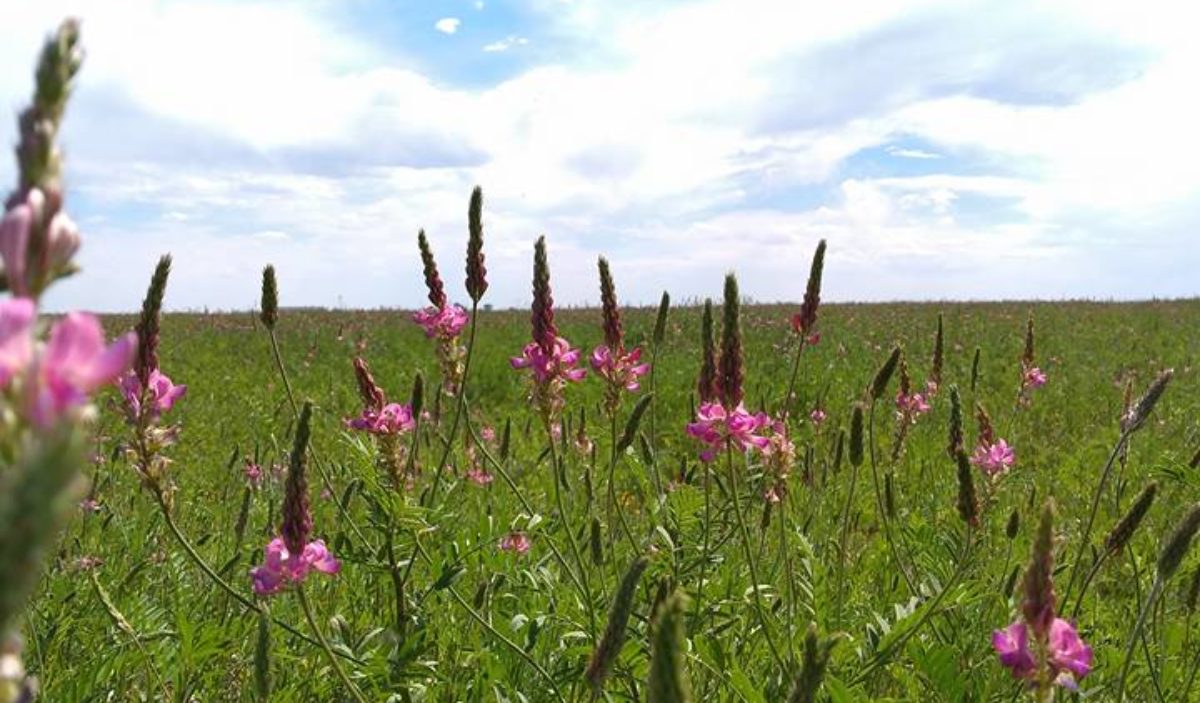Our sow came into season in November. I had been checking her so I could figure out when piglets were due. I have to tell you, I could not tell she was pregnant for a really long time, however, based on mucus excretion I saw in November I believed we had piglets expected mid March.
So I began the process of separating the pigs. Holes had to be cut into the barn and a wall build. Not a huge deal except the weather was gross.

Eventually Tu-Tu (sow) was undeniably pregnant and her teets were begining to hang. This should have been an indication I was off on my timing but I was still pretty sure mid March was it for us.

Well, I wasn’t completely wrong. We had piglets in March. March 1st. I wasn’t home. Not expecting piglets I was out pretty much the entire day. I went out around 5p.m. to feed the pigs and Tu-Tu met me at the gate, as per the usual. I didn’t notice anything different about her. It wasn’t until I got the hose to get her fresh water that I heard screaming from inside the barn. I went in and there was a piglet screaming it’s head off. There were 2 other piglets who appeared to get stuck in one of the boards on the wall and I’m guessing froze to death before I found them. The living piglet seemed ok. Tu-Tu was eating her food with 0 interest in her piglet. The piglet was cold so I decided to take it inside to warm up while I rigged up some extension chords to the barn for a heat lamp. (We were struck by lightening and the power stopped working in the barn. We MUST fix that!)

Once the heat lamp was rigged up I grabbed the piglet and took it back out to Mama. She came over and they laid down together near the heat. I thought all was going to be well.

Coming back after dinner it was clear to me that Tu-Tu wasn’t doing well. She was shivering, grunting and digging, digging, digging. I thought she must still be in labor. I had to move the piglet back inside as Tu-Tu was burying it in her digging.
I went inside and did some Googling. Decided I should reach in and see if a piglet was stuck or if her uterine horns were twisted. I got some gloves and lube and headed out. I must say that was something I hadn’t expected would ever happen. I didn’t feel anything. Tu-Tu was still distressed. I stayed with her most of the night. I tried milking her for her piglet at one point. She would let me for a bit and then she’d have to dig again and fill my cup with dirt. She started to get feverish.
Of course, I dropped the bottle of penicillin and it splattered all over my kitchen. I had to wait until morning.
The piglet did not survive the night. Horribly depressing. Tu-Tu was still ill. Still shuddering and digging and breathing heavily. I went to Murdoch’s and got more penicillin (which is a story in itself that involves losing both of my kids and dropping 3 buckets on my daughters face). Giving a pig a shot is hard. They have thick skin. I broke the first needle off in my attempt. She also didn’t exactly stand there and take it. She ran. I did manage to get her with persistence. We managed to get one other shot into her before she never let us near her again. Pigs are not stupid!

I was pretty sure she was going to die. She didn’t. She seems perfectly fine now. Joey, a week and a half after her farrowing began tearing down the fences. He wrecked several fences and 2 gates. Eventually I gave up trying to keep them apart. The damage was likely done anyway.

So I guess we will see if we have more piglets and if any of them survive. I’d rather eat her, as I believe she’s a bad genetic candidate for motherhood, but the hubs thinks we’ve invested a lot in her and might as well give her another attempt.










































